Highlight the differences between living and non-living things with an illustrative Living vs. Nonliving Things Anchor Chart
What Are Living and Nonliving Things? A Refresher
Living things are organisms that demonstrate characteristics such as growth, reproduction, responsiveness to stimuli, and the ability to adapt to their environment. Plants, animals, fungi, and microorganisms are examples of living things. On the other hand, nonliving things lack these characteristics. They do not grow, reproduce, or respond to stimuli. Nonliving things include objects like rocks, water, air, and man-made items.
Printable Anchor Charts: Exploring Living and Nonliving Things
Our printable set of illustrated living vs. nonliving things posters is designed to help you introduce and reinforce the concepts of living and nonliving things. Each poster features clear illustrations and short explanations of the key characteristics that differentiate between living and nonliving things.
- Vibrant Illustrations: The posters feature vibrant illustrations that capture the attention of young learners and make the concepts easy to understand.
- Clear Explanations: Concise explanations accompany each illustration, providing students with a solid foundation of knowledge.
Classroom Activities Using Your Living vs. Nonliving Things Posters
- Sorting Activity: Use the posters as a reference guide for a sorting activity where students classify objects as living or nonliving based on their characteristics.
- Discussion Prompts: Give each student a copy to color, and then use their mini anchor charts as discussion prompts to spark conversations about the characteristics of living and nonliving things. Encourage students to share examples and explain their reasoning
Empower your teaching with our printable resources on living and nonliving things. With visually stimulating posters and engaging activities, you can inspire curiosity and ignite a passion for science in your students. Start exploring today!
Even More Ways to Teach About Living Things and Nonliving Things
Before you go, take advantage of even more resources to teach your students about animal characteristics! Explore our related resources to enhance your teaching toolkit.
[resource:4169690] [resource:2672482] [resource:4836452]
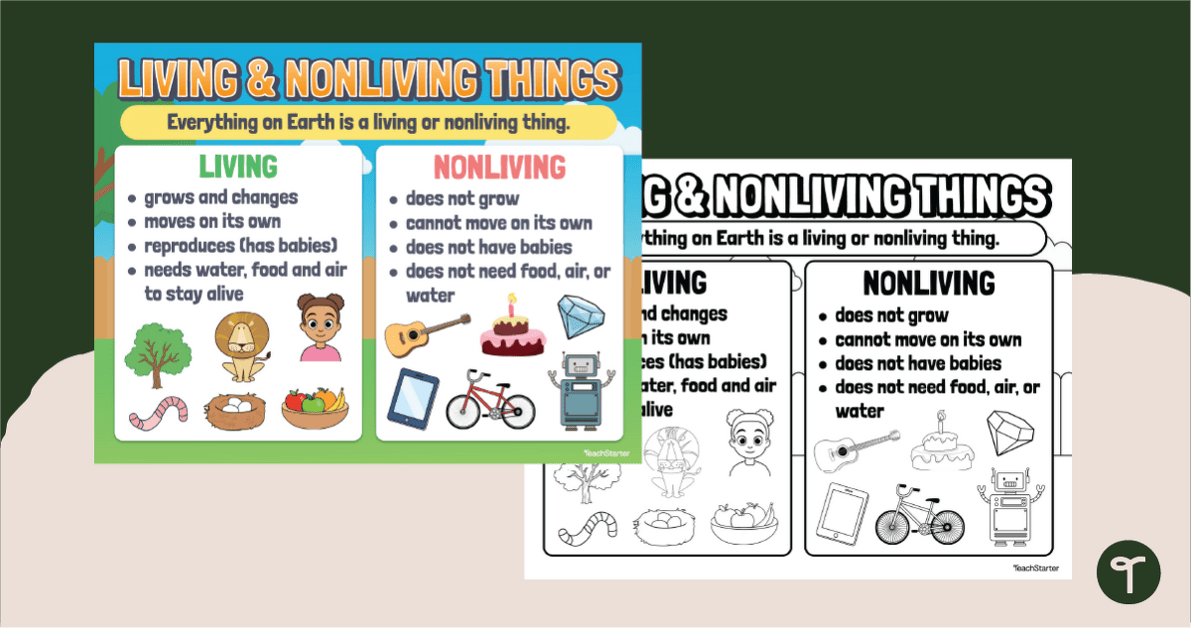

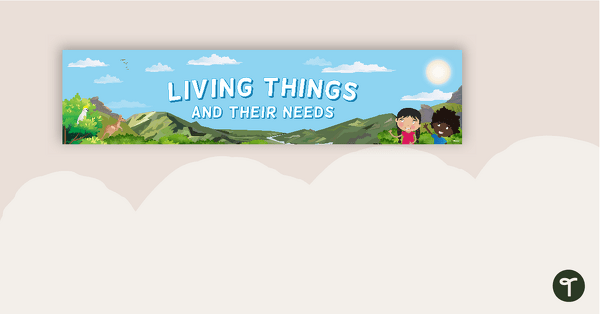
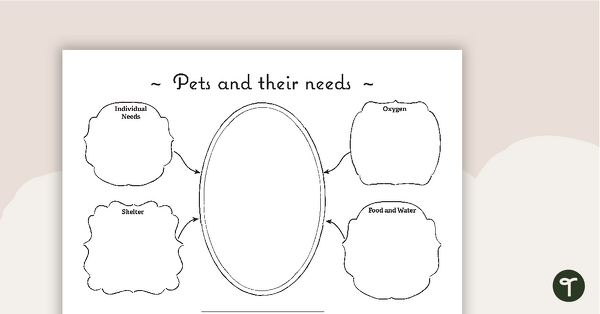
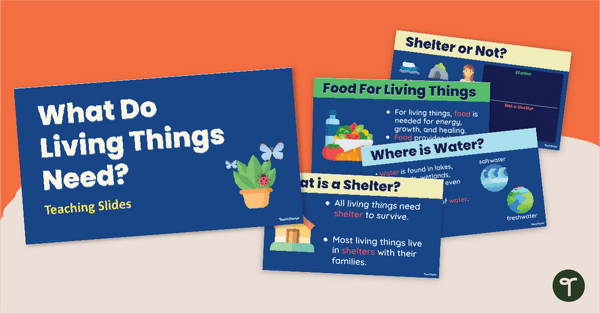
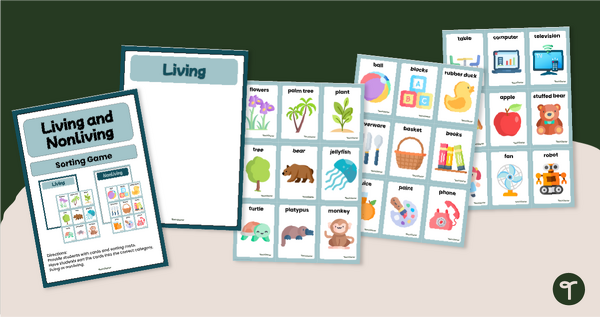
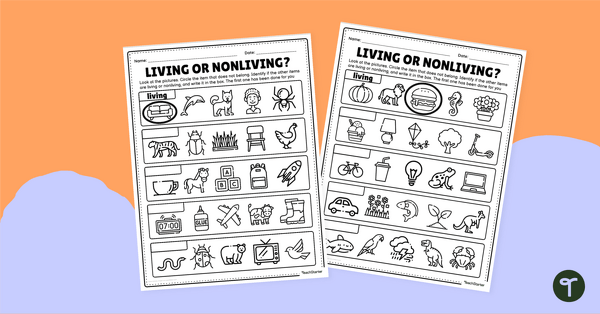
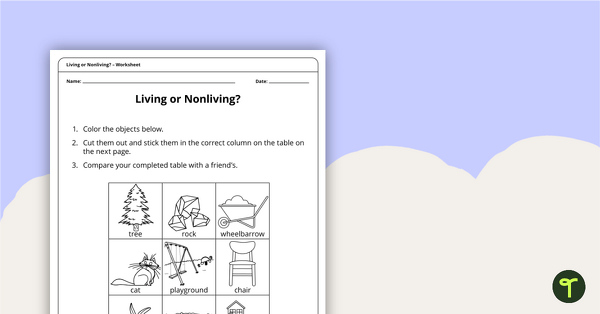
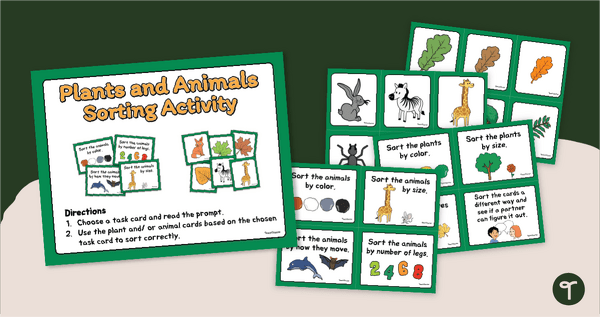
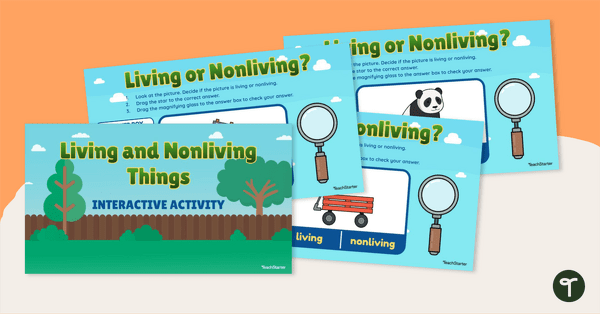
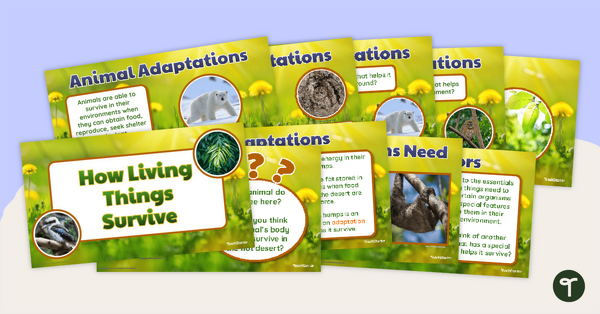
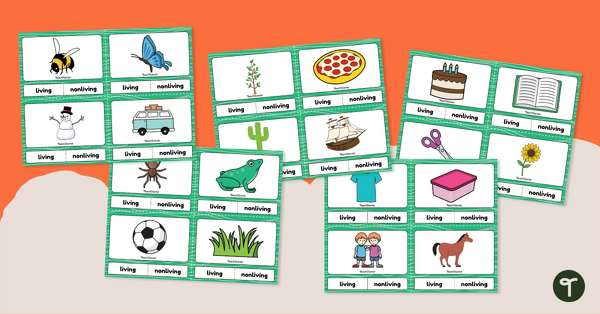
0 Comments
Write a review to help other teachers and parents like yourself. If you'd like to request a change to this resource, or report an error, select the corresponding tab above.